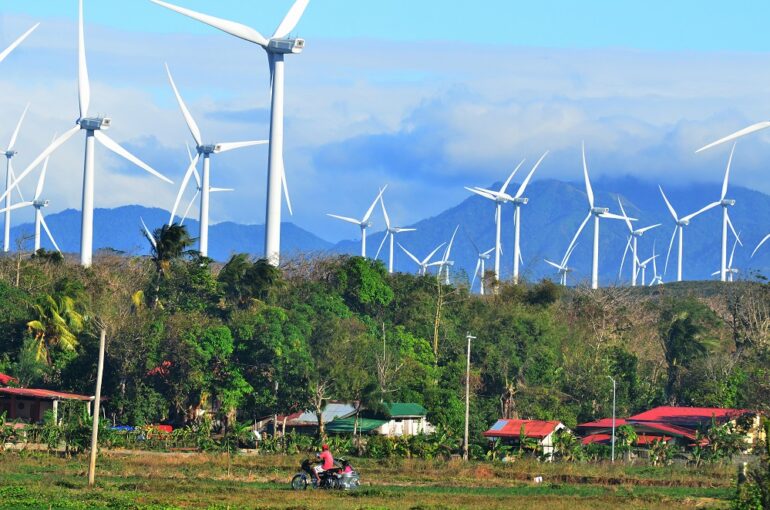There are almost 385,000 potential site sourcing opportunities available to renewable energy companies across the UK, Searchland has revealed.
Renewable energy sites require a substantial amount of flat, open land, access routes and space for batteries and inverters; the average 1MW solar farm needs around six acres for a site to be a viable option.
Land such as brownfield or industrial land, often unwanted by residential property developers, is ideal for renewable conversion, and Searchland found there were plenty of opportunities in the current market.
There were some 384,763 sites available across the UK, with an average plot size of 89.8 acres.
General industrial sites were the most abundant option, with 319,130 plots, albeit they averaged the smallest plot size at 12 acres.
There were 33,066 farm plots available, with an average plot size of 125.4 acres, and a further 4,181 agricultural site opportunities.
While they accounted for the lowest volume, agricultural sites boasted the largest average plot size at 132 acres.
Searchland compiled eight top considerations for renewable companies to consider when sourcing land successfully.
These included accessing comprehensive data, selecting the right terrain and exposure, and navigating local policy, and evaluating planning constraints.
Mitchell Fasanya, co-founder and CEO of Searchland, said: “The renewable energy space is evolving at great speed and it has become one of the driving forces where land sourcing is concerned.
“Like all areas of land development, it’s not without its own individual requirements and restrictions which need to be carefully considered during the sourcing process.
“The success of this process relies on the abundance of information and the speed and efficiency at which it can be processed.
“Having a comprehensive view of potential sites is a great place to start, but the real value lies in being able to quickly identify the additional factors required such as plot size, the lie of the land, proximity of substations and so on.”
He concluded: “The ability to do so will enable renewable companies to stay a step ahead in what is already a very competitive and fast moving market.”



